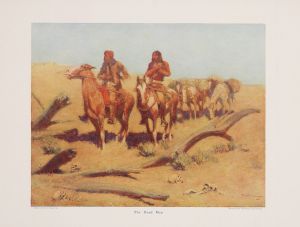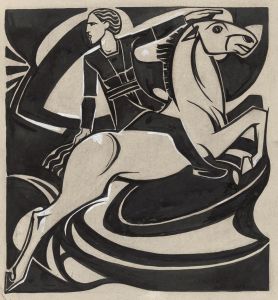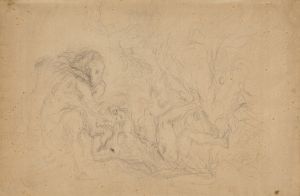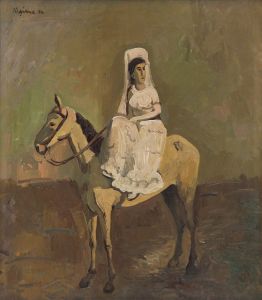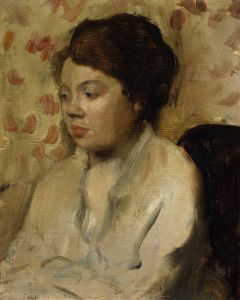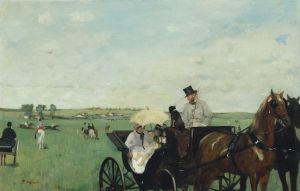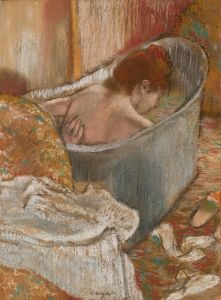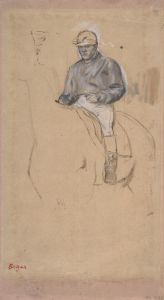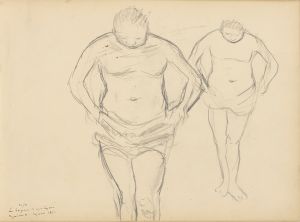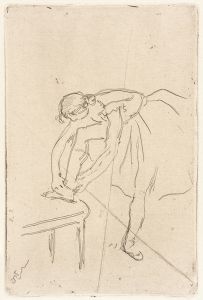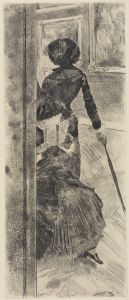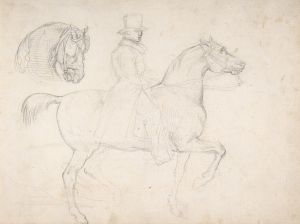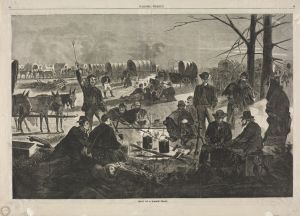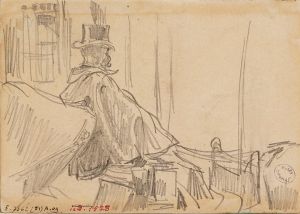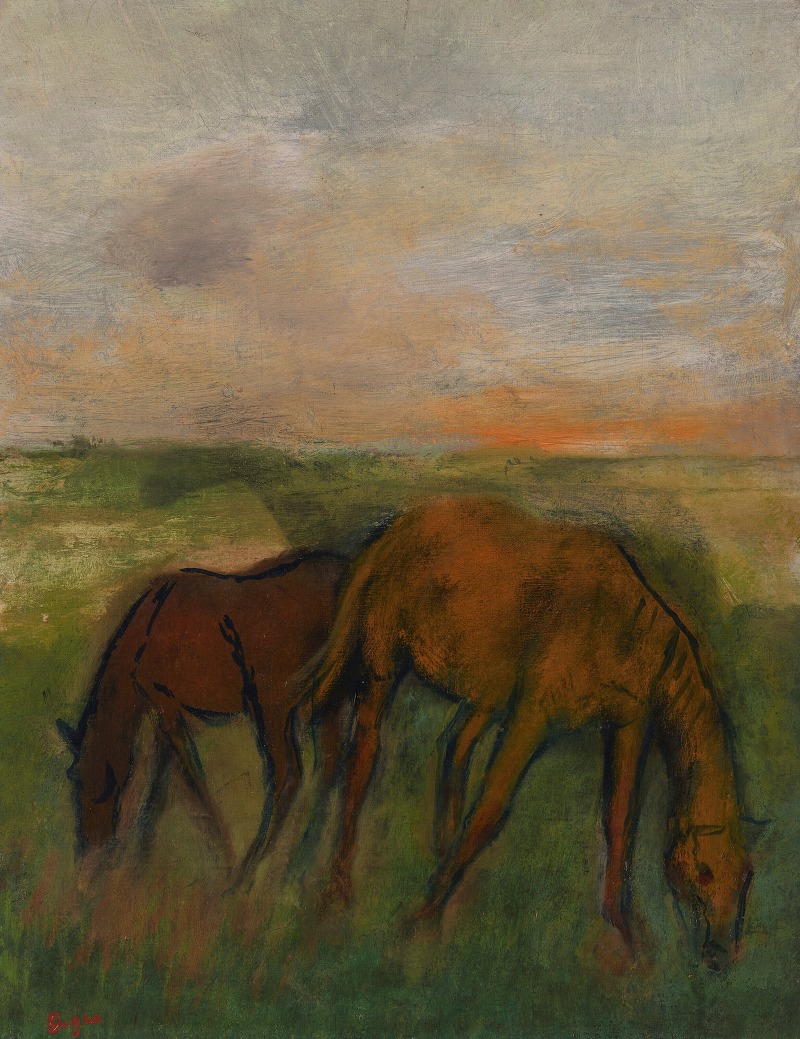
Deux chevaux au pâturage
A hand-painted replica of Edgar Degas’s masterpiece Deux chevaux au pâturage, meticulously crafted by professional artists to capture the true essence of the original. Each piece is created with museum-quality canvas and rare mineral pigments, carefully painted by experienced artists with delicate brushstrokes and rich, layered colors to perfectly recreate the texture of the original artwork. Unlike machine-printed reproductions, this hand-painted version brings the painting to life, infused with the artist’s emotions and skill in every stroke. Whether for personal collection or home decoration, it instantly elevates the artistic atmosphere of any space.
"Deux chevaux au pâturage" (Two Horses in a Pasture) is a painting by the renowned French artist Edgar Degas. Degas, born on July 19, 1834, in Paris, France, is widely celebrated for his contributions to the Impressionist movement, although he preferred to be called a Realist or Independent. His works often depict scenes of everyday life, including ballet dancers, laundresses, and horse races.
"Deux chevaux au pâturage" is an example of Degas's interest in equine subjects, which he explored extensively throughout his career. The painting showcases two horses grazing in a serene pasture, capturing a moment of tranquility and natural beauty. Degas's fascination with horses is evident in the meticulous attention to detail and the dynamic composition of the scene.
Degas's technique in this painting reflects his mastery of capturing movement and light. The brushstrokes are fluid and expressive, conveying the texture of the horses' coats and the lushness of the surrounding landscape. The use of light and shadow adds depth and dimension to the painting, creating a sense of realism and immediacy.
Throughout his career, Degas was known for his innovative approach to composition and his ability to convey the essence of his subjects with precision and sensitivity. "Deux chevaux au pâturage" exemplifies these qualities, showcasing his skill in rendering the natural world with both accuracy and artistic flair.
Degas's interest in horses can be traced back to his early years, when he would visit the racecourses and stables in Paris. He was captivated by the grace and power of these animals, and they became a recurring theme in his work. His studies of horses were not limited to paintings; he also created numerous drawings, pastels, and sculptures of equine subjects.
"Deux chevaux au pâturage" is part of Degas's broader body of work that explores the relationship between humans and animals. His equine paintings often depict horses in various states of activity, from racing and training to resting and grazing. This particular painting stands out for its peaceful and contemplative mood, offering a glimpse into the quiet moments of the horses' lives.
Degas's contributions to the art world extend beyond his equine paintings. He was a founding member of the Impressionist group, although his style evolved over time to incorporate elements of Realism and other artistic movements. His work has had a lasting impact on the art world, influencing generations of artists and continuing to be celebrated for its technical brilliance and emotional depth.
In summary, "Deux chevaux au pâturage" by Edgar Degas is a testament to the artist's skill in capturing the beauty and grace of horses. Through his masterful use of light, shadow, and composition, Degas brings to life a serene moment in nature, showcasing his deep appreciation for the natural world and his exceptional talent as an artist.





